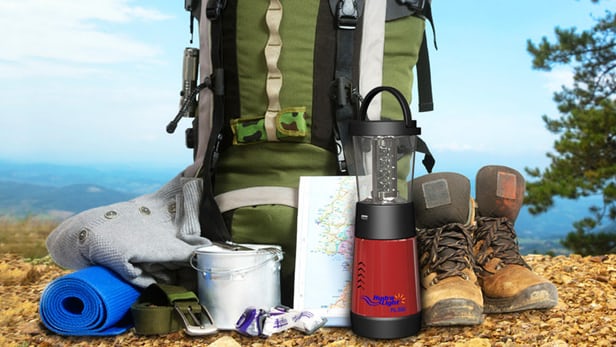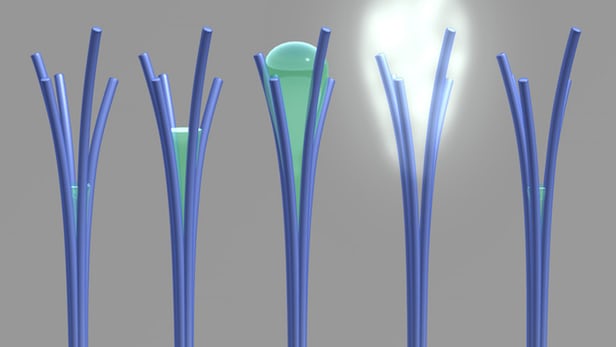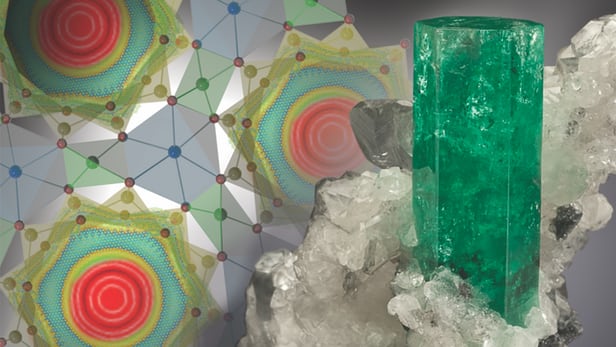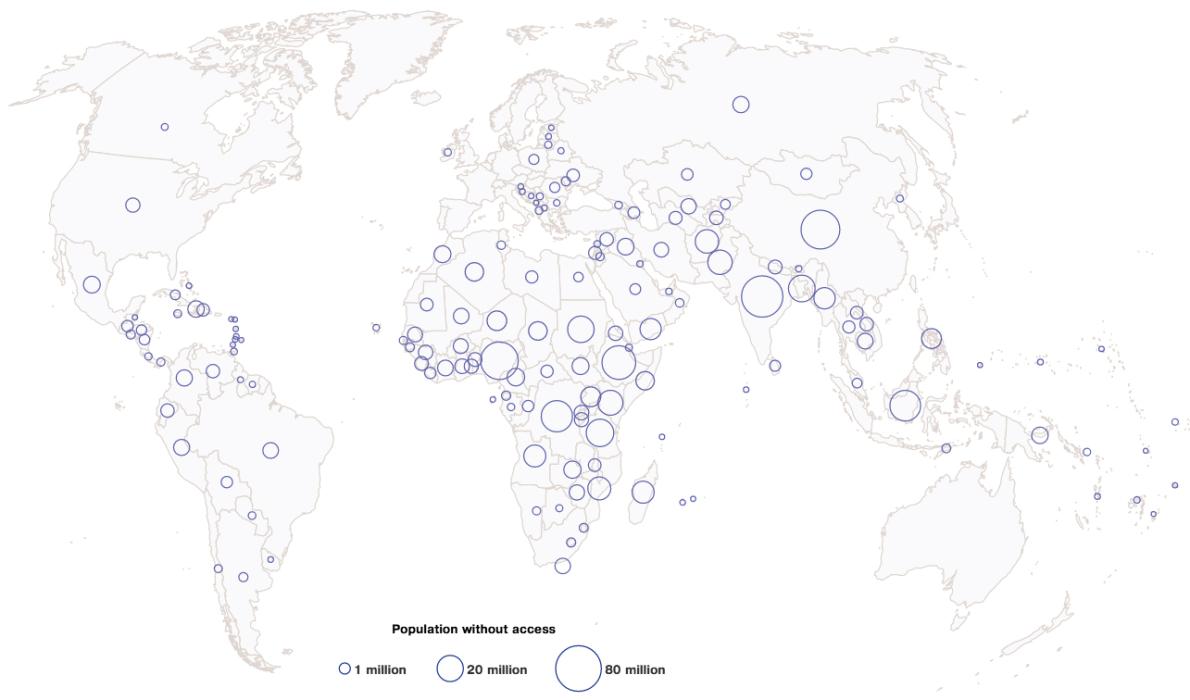“We’re using tomorrow’s water to meet today’s food demand,” warned Sandra Postel, National Geographic Freshwater Fellow, helping to provoke a meaningful discussion on water as it relates to food at the Aspen Environmental Forum. Agriculture was a central theme as it consumes a disproportionate share of global water resources.
Jon Foley from the University of Minnesota painted a picture of our inefficiency. “One liter of water is needed to irrigate one calorie food, but that changes by factor of 100 for the most inefficient practices.” It is clear that water efficiency improvements for agriculture must play a large role. Read more






